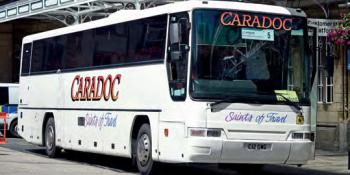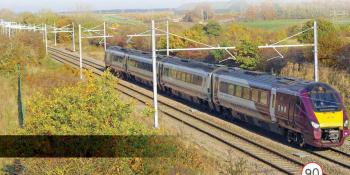In April, the Office of Rail and Road (ORR) published ‘Learning the lessons’, the final report of its review into the Hitachi rolling stock cracking. It’s fair to say informed sources were underwhelmed.
Key to this disappointment are these two sentences on page 6 of the 58-page report: ‘Our review is based on the documentation arising from the industry’s work such as safety certificate applications, risk assessments, and detailed technical analyses and reports. We did not undertake an independent technical analysis’.
As a result, the technical detail is effectively as told to ORR by Hitachi, its consultants and other players. For example, on the root cause of the problem, ORR quotes the conclusions of Hitachi’s technical review. These are:
■ fatigue cracking was caused by the area of the bolster subject to yaw damper and anti-roll bar loads being greater than allowed for in the original design (amazing, Holmes!);
■ the degree of fusion in the weld between the bolster and the car body was likely to be a factor in relation to the emergence of the cracking;
■ the geometry of the components prior to welding contributed to the poor weld fusion identified above.
INADEQUATE
In other words, inadequate design wa…





